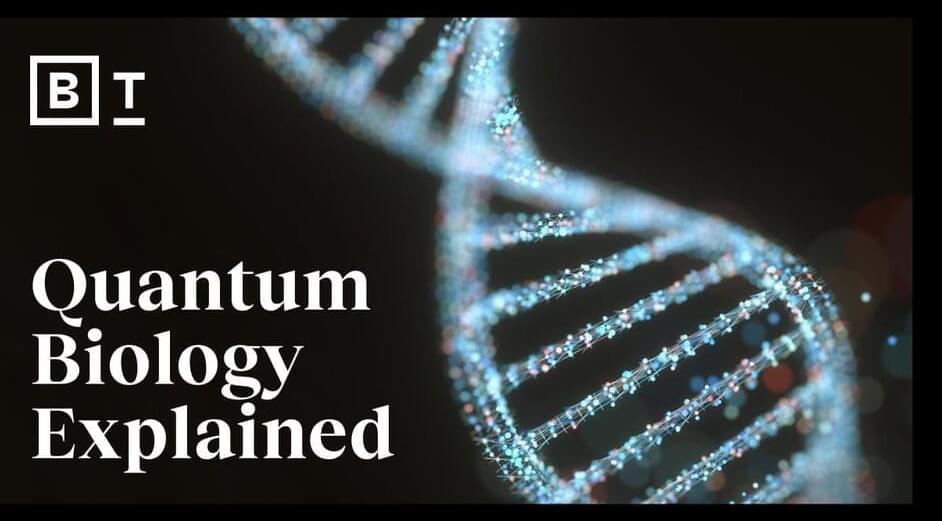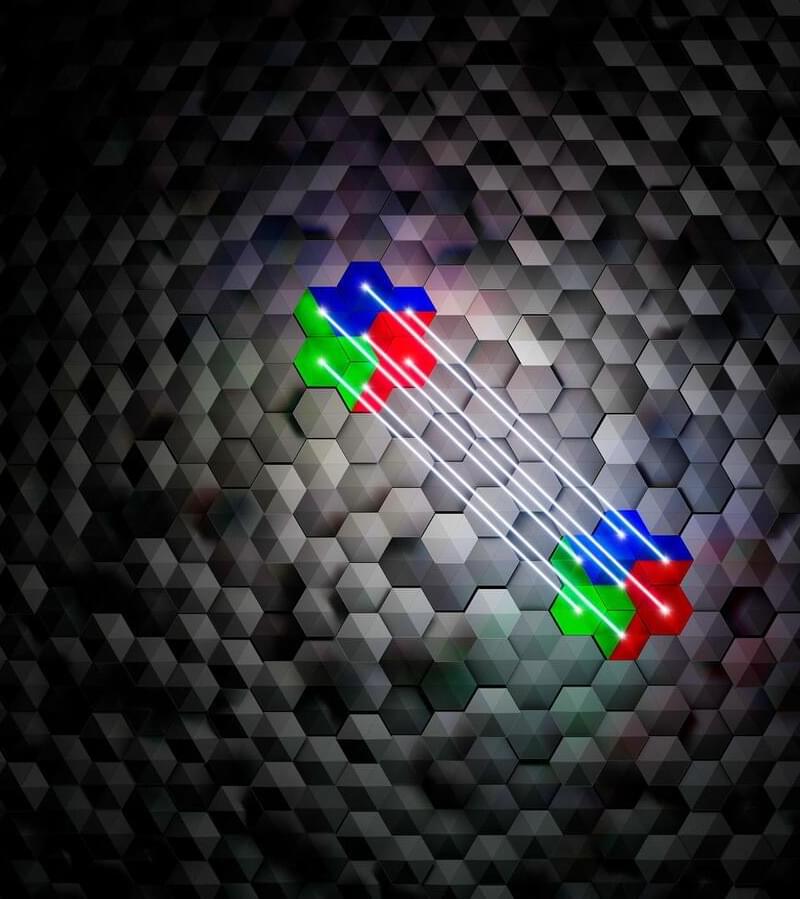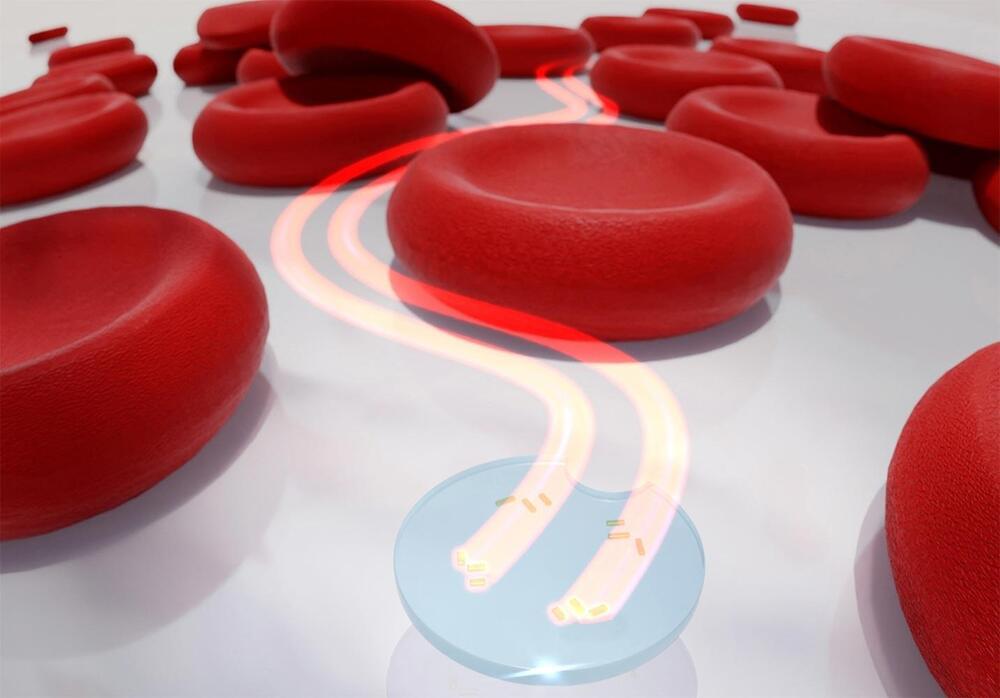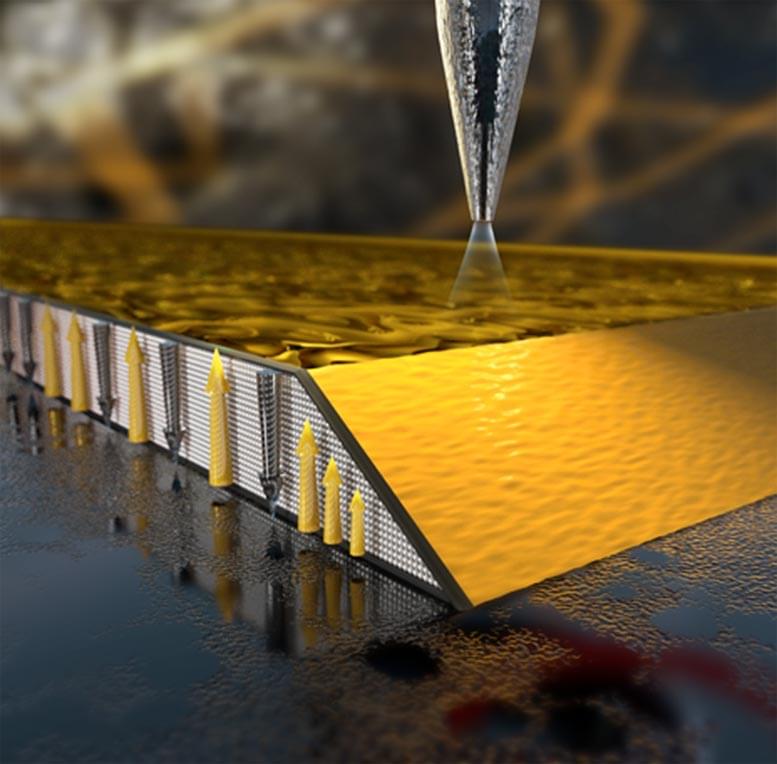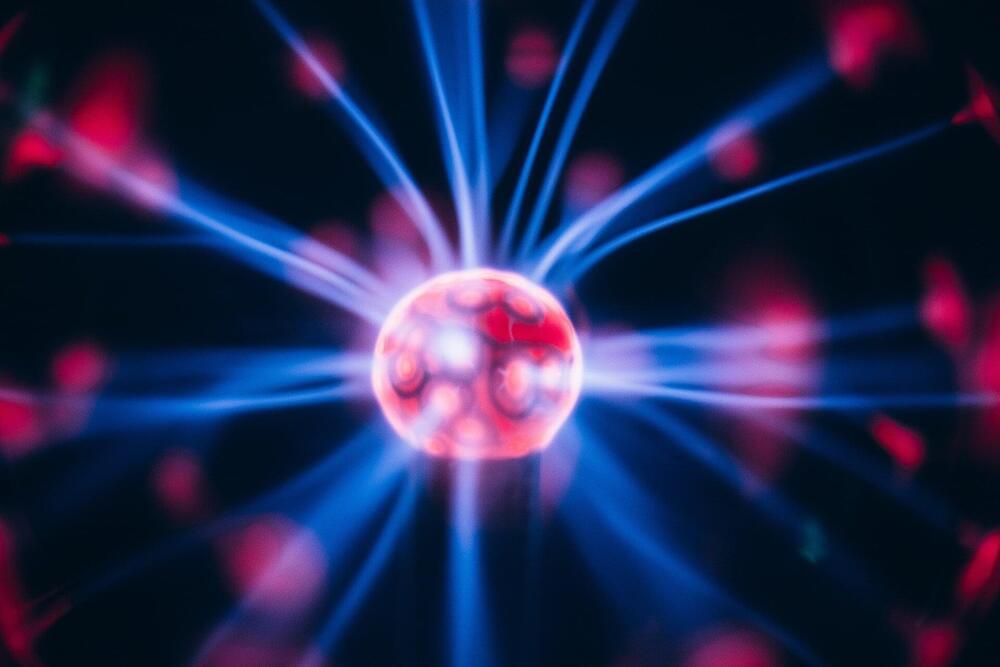May 27, 2022
Could the Double-Slit Experiment Finally be Solved?
Posted by Jose Ruben Rodriguez Fuentes in categories: particle physics, quantum physics
The famous double-slit experiment–a now classic showcase of how both light and matter are able to behave as both waves, and particles in their “classical” physical definition–seems almost like magic to many of us.
Because of this unusual function of our physical universe, the double-slit experiment has intrigued physicists for decades, as it suggests the possibility of multiple universes or weird quantum events. However, only recently have researchers at the Vienna University of Technology (TU Wien) found a way to fully validate this experiment, using a particular measurement method on the particle.

